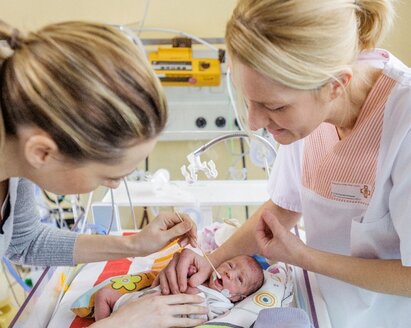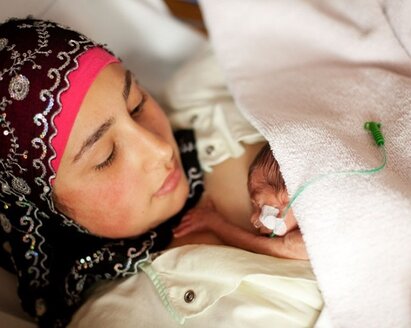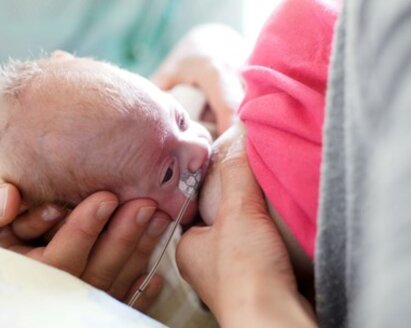1 Bigger HR et al. Quality indicators for human milk use in very low-birthweight infants: are we measuring what we should be measuring? J Perinatol. 2014; 34(4):287–291.
2 Spatz DL et al. Pump Early, Pump Often: A Continuous Quality Improvement Project. J Perinat Educ. 2015; 24(3):160–170.
3 Spatz DL. Getting it right – the critical window to effectively establish lactation. Infant. 2020; 16(2):58–60.
4 Meier PP. Prioritizing High-Dose Long Exposure to Mothers' Own Milk During the Neonatal Intensive Care Unit Hospitalization. Breastfeed Med. 2019; 14(S1):S20-S21.
5 Hoban R et al. Milk volume at 2 weeks predicts mother's own milk feeding at neonatal intensive care unit discharge for very low birthweight infants. Breastfeed Med. 2018; 13(2):135–141.
6 Meier PP et al. Human milk in the neonatal intensive care unit. In: Family Larsson-Rosenquist Foundation, editor. Breastfeeding and breast milk - From biochemistry to impact: A multidisciplinary introduction. 1st ed. Stuttgart: Thieme; 2018.
7 Snyder R et al. Early provision of oropharyngeal colostrum leads to sustained breast milk feedings in preterm infants. PediatrNeonatol. 2017; 58(6):534–540.
8 Kumar J et al. Oropharyngeal application of colostrum or mother's own milk in preterm infants: a systematic review and meta-analysis. Nutr Rev. 2023; 81(10):1254–1266.
9 Acuña-Muga J et al. Volume of milk obtained in relation to location and circumstances of expression in mothers of very low birth weight infants. J Hum Lact. 2014; 30(1):41–46.
10 Haase B et al. The development of an accurate test weighing technique for preterm and high-risk hospitalized infants. Breastfeed Med. 2009; 4(3):151–156.
11 Narayanan I et al. Sucking on the 'emptied' breast: non-nutritive sucking with a difference. Arch Dis Child. 1991; 66(2):241–244.



















